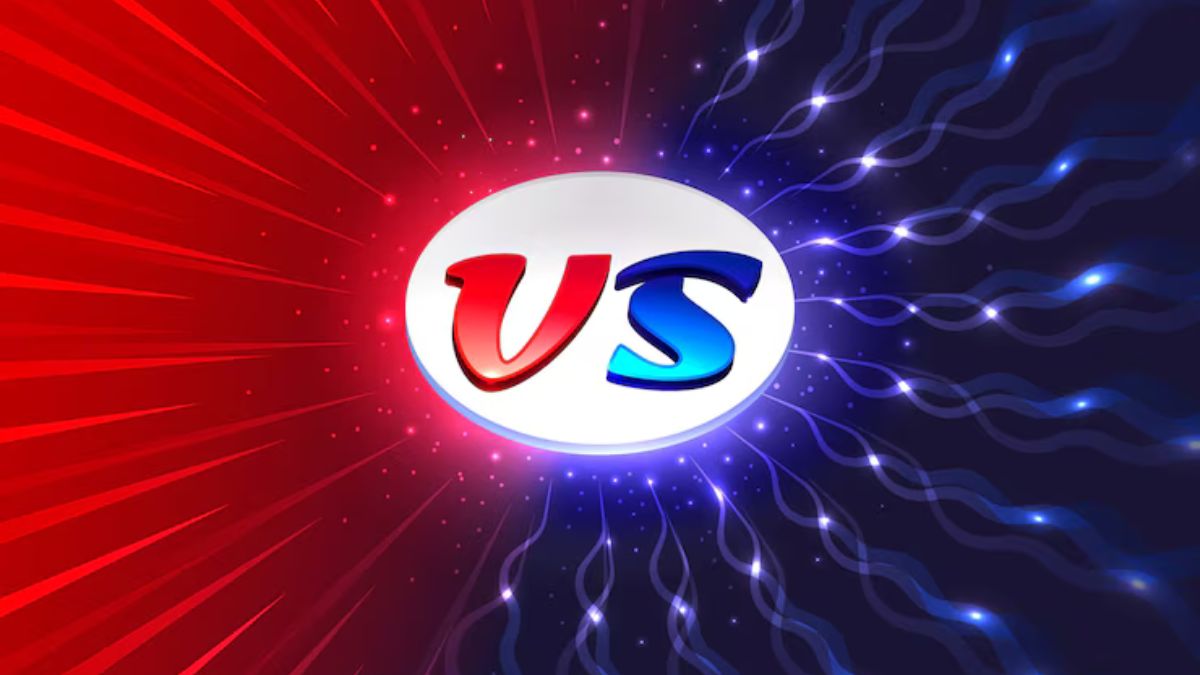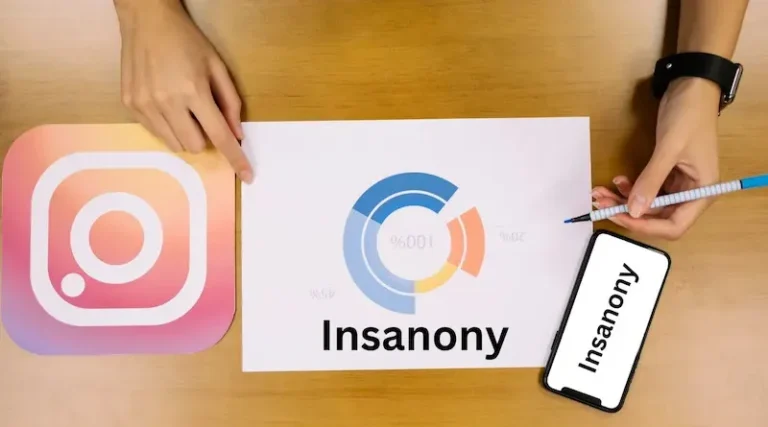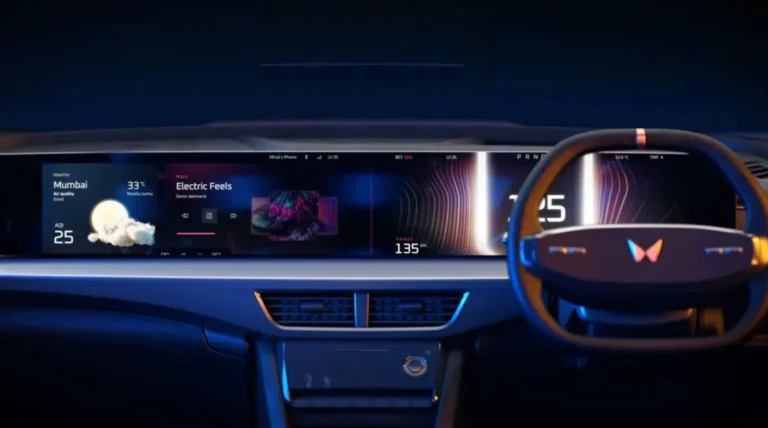As the history of the European football canteens, a game between a tactical mastery and a sheer tenacity is rarely as intriguing. An encounter between Inter Milan and Estrella Roja, the Spanish errand name of Red Star Belgrade, is not just a game between two teams. It is a meeting of extremely divergent footballing ideologies, informed by geography, culture, and time.
Their head-to-head record might not be very rich, but an Inter vs. Estrella Roja game is a contrasting affair. Inter, the bastion of Italian pragmatism, defined by tactical detail and squad depth. Estrella Roja, the embodiment of Balkan fire, forged in adversity and carried by the raw energy of a loyal following. Together, they represent what football often forgets in the age of oil money and algorithms: heritage still matters.
Historical Background: The Story of 2 Giants-Two Worlds
Officially known as Football Club Internazionale Milano, Inter Milan was created in 1908 based on a vision to have foreign players, which is represented in its name and logo. More than a hundred years after, Inter is a worldwide brand, with a magnificent trophy room: 3 UEFA Champions League, 19 Serie A, and many Coppa Italias and international titles.
Estrella Roja was created in 1945 in the war devastated Belgrade, and within no time, it became the footballing icon of Yugoslavia. Their ultimate glory was in 1991, after they beat Olympique Marseille, to win the European Cup (now the UEFA Champions League). They are, to this moment, the only Serbian, and one of only two East European clubs, to have won Europe’s most prestigious trophy.
Their trajectories diverged post-1990s. Inter continued to compete at the highest level in Serie A and European competitions, while Estrella Roja—buffeted by war, economic hardship, and UEFA coefficients—became an underdog with a legacy far greater than its financial reality.
Tactical Matchup: Chess vs. Chaos
A modern Inter vs. Estrella Roja fixture is a battle of tactical refinement against structured chaos.
Inter Milan: The Control Freaks
Inter, under managers like Antonio Conte and Simone Inzaghi, has returned to a footballing identity rooted in defensive organization, quick transitions, and wing-play orchestration. The now-standard 3-5-2 or 3-4-1-2 formation allows:
- Three central defenders to absorb pressure and begin buildup.
- Wing-backs like Denzel Dumfries or Federico Dimarco to stretch play vertically.
- Midfield dynamism through Hakan Çalhanoğlu, Barella, or Frattesi.
- A dual-striker system (often led by Lautaro Martínez) to capitalize on half-spaces and press high up the pitch.
Inter controls the tempo and dictates the zones of conflict. Against high-intensity opponents like Estrella Roja, their strategy would focus on absorbing early aggression, creating overloads on the flanks, and winning the battle of midfield transitions.
Estrella Roja: The Tactical Disruptors
Estrella Roja plays with a Balkan mentality—compact when defending, explosive in attack. Usually fielding a 4-2-3-1 or 4-4-2, their blueprint revolves around:
- Double pivots for defensive solidity and second-ball recovery.
- Technically gifted wingers like Osman Bukari or Mirko Ivanić to break lines.
- Quick vertical passes to a physical striker—often an Eastern European target man—to unsettle defenders.
- Maximum exploitation of set-pieces, where their aerial strength shines.
They are not a possession team. They are a disruption-based system, designed to exploit the cracks in more “polished” opponents. And in knockout football, chaos can be a weapon.
Psychological Edge and Home Advantage
At the Stadio Giuseppe Meazza (San Siro), Inter commands the stage like a Shakespearean actor in their element. The 75,000-seat cathedral of calcio echoes with ambition, but it’s also where pressure can mount.
In contrast, Estrella Roja’s Rajko Mitić Stadium (Marakana) is a different beast. It doesn’t inspire—it intimidates. The Delije ultras create an atmosphere that borders on ritualistic chaos, a cauldron of fire, sound, and smoke. For any visiting team, especially those unaccustomed to such hostility, this can tilt the mental balance.
Football, after all, is as much psychological as it is tactical. One moment of hesitancy, induced by a stadium’s roar or an opponent’s aggression, can decide outcomes.
Recent European Form: Paths to the Present
Inter’s recent European form includes a Champions League final in 2023, narrowly lost to Manchester City. This cemented their return as a continental powerhouse. Their tactical discipline, squad depth, and growing continental experience make them serious contenders in any tournament.
Estrella Roja, by contrast, has oscillated between the Champions League group stages and the Europa League. They are often underestimated but capable of shock results, especially at home. Wins against the likes of Liverpool, Olympiacos, and KRC Genk in recent years remind us not to treat them as minnows.
Key Battles to Watch
- Midfield Duel – Çalhanoğlu vs. Kangwa: Will Inter’s orchestrator outmaneuver Estrella Roja’s pressing engine?
- Wide Play – Inter’s wing-backs vs. Estrella Roja’s double full-back system: Can Dumfries and Dimarco penetrate tight Balkan flanks?
- Set Pieces – Estrella Roja excels at aerial duels. Inter must maintain shape during corners and free kicks to avoid upsets.
Geopolitical Undercurrents: East vs. West
Though subtle, fixtures like Inter vs. Estrella Roja carry deeper undertones. The game embodies a broader East vs. West narrative. Western Europe’s economic dominance in football is increasingly at odds with the rich footballing culture and talent of Eastern Europe, too often left behind by UEFA’s elite club structures.
For Estrella Roja, every win against a Western European giant is a reaffirmation of legacy, pride, and resistance to the slow erasure of Eastern footballing relevance. For Inter, it’s a test of maturity—of not underestimating a team with fewer resources but equal passion.
Predicted Outcome: Can Chaos Beat Control?
If this clash takes place in the knockout stages of a European competition, the two legs would offer different psychological climates. At the San Siro, Inter would likely control possession and create chances. But in Belgrade, with the crowd at fever pitch, Estrella Roja could make it a street fight.
Prediction over two legs:
- Inter 2-0 at home
- Estrella Roja 1-1 at Marakana
- Aggregate: Inter advances 3-1
But one red card, one lucky bounce, or one magical goal can flip the narrative. That’s why this matchup is compelling.
FAQs: Inter vs. Estrella Roja
Q1: Have they played each other in UEFA competition before?
Yes, most notably in earlier decades of the European Cup and qualifying rounds, though not frequently. Their meetings are rare but intense.
Q2: Which team has the higher UEFA coefficient?
Inter Milan ranks significantly higher due to consistent Champions League appearances and deep runs. Estrella Roja fluctuates based on their seasonal performance.
Q3: Is Estrella Roja considered a dark horse in Europe?
Absolutely. Though financially modest, their history, fan culture, and ability to deliver surprise results make them a team no one wants to face away.
Q4: Could we see this matchup again soon?
With Estrella Roja regularly qualifying for European competitions and Inter remaining a UCL mainstay, the fixture is more possible than ever in Champions League group stages or Europa League knockout rounds.
Conclusion: A Match Beyond the Pitch
The beauty of Inter vs. Estrella Roja lies not in frequency but in symbolism. It’s a clash between two clubs that, while inhabiting different economic and competitive tiers today, share a bond rooted in continental glory, footballing heritage, and fervent identity. One represents the polished, tactical evolution of elite football. The other, the undying flame of a proud past, eager to carve a future.














Really enjoyed how you framed this as more than just a match—’heritage still matters’ truly hits home. Inter’s methodical control vs. Estrella Roja’s raw, emotional intensity sets the stage for a clash that’s as much philosophical as it is physical. Curious to see how the psychological edge of home support might tip the scales.
I love how the article connects football with culture and history. Inter’s methodical approach versus Estrella Roja’s fiery playstyle is a fascinating clash, and it really adds to the drama of the matchup. It’s not just about tactics; it’s about the story each team carries with them!